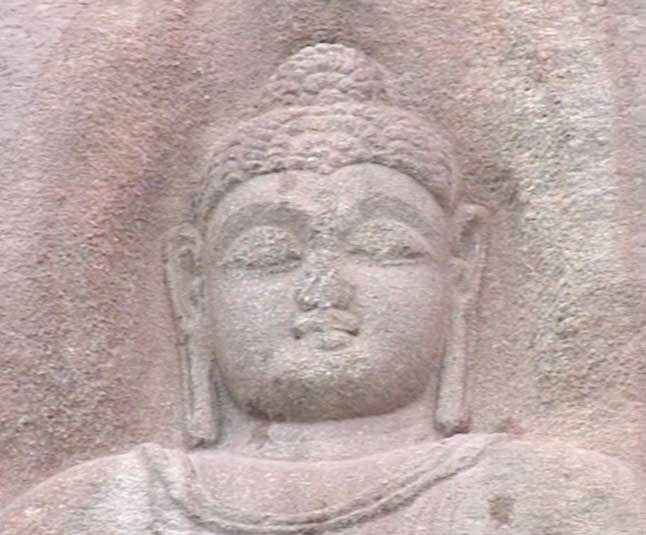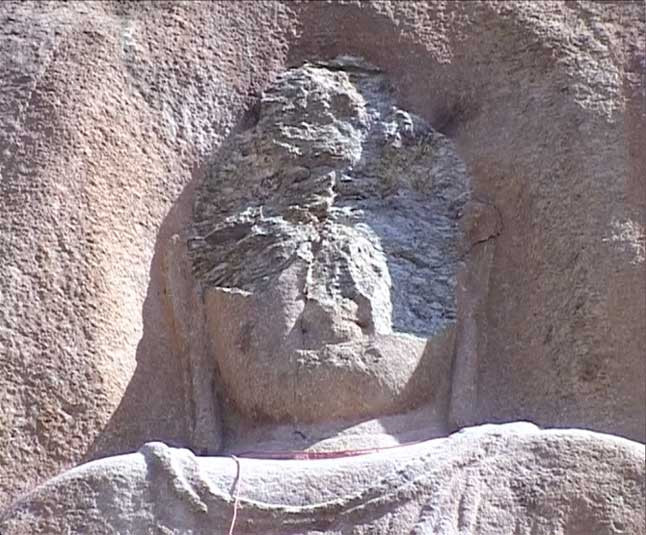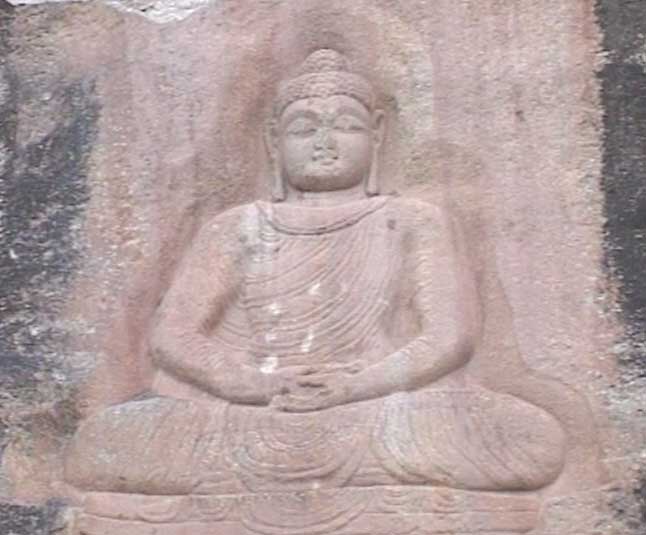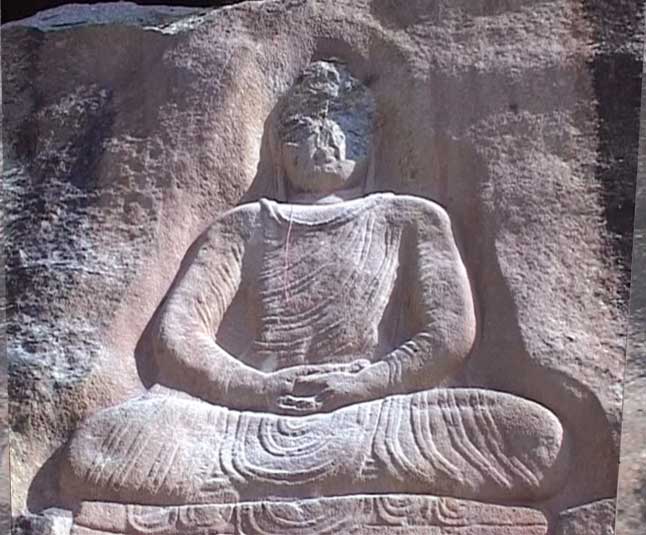Credits
Produced by:
Daud Khattak, Ali Mahmood ,Ray Furlong, Jean Garner, Muhammad Yousfzai, Niaz Ahmad Khan, Pamir Sahill, Khalid Khan Kheshgi, MASH Productions, Jaroslav Ptáčník, Andrew Wills
Designed by Pangea Design
Special thanks to:
Mahmood Khan, Pakistan's sports, culture, and youth affairs minister; Dr. Abdul Samad, the head of Khyber Pakhtunkhwa's Museum and Archives Directorate; Usman Ulasyar, a social activist and schoolteacher in Saidu Sharif, Swat District; and the government of Khyber Pakhtunkhwa Province.

©2017 Radio Free Europe/Radio Liberty




 Roughly 65 kilometers north of Peshawar lies the remains of the huge monastic complex known as Takht Bhai. It was once at the heart of the ancient civilization of Gandhara, which reached to Swat to the north, Kabul to the west, and Taxila in the east. Today the site is simply called Khandrath, or ruins. Few locals appear to be aware of the site's fascinating history, so we turned to Dr. Abdul Samad, director of Archaeology and Museums in Khyber Pakhtunkhwa Province, to take us back to an era he says was marked by religious harmony.
Roughly 65 kilometers north of Peshawar lies the remains of the huge monastic complex known as Takht Bhai. It was once at the heart of the ancient civilization of Gandhara, which reached to Swat to the north, Kabul to the west, and Taxila in the east. Today the site is simply called Khandrath, or ruins. Few locals appear to be aware of the site's fascinating history, so we turned to Dr. Abdul Samad, director of Archaeology and Museums in Khyber Pakhtunkhwa Province, to take us back to an era he says was marked by religious harmony.